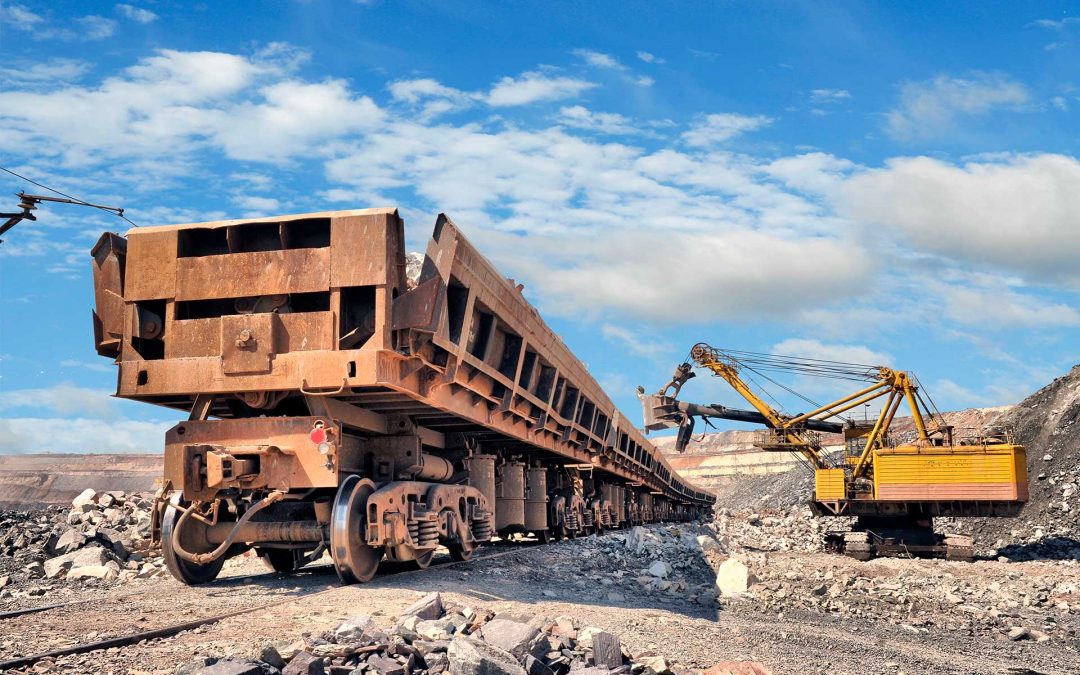Metal mining can pollute air and drinking water
Metal mining produces the essential components for daily life and modern technology, providing society with the necessary resources for building and innovation. Everything from infrastructure, automobiles, appliances, computers, medical devices and other goods and services are made with various metal components. However, there’s an ugly truth that cannot be ignored. Metal mining can pollute air and drinking water, harm wildlife and habitat, and permanently scar natural landscapes.
Air contamination
At some metal mining sites, harmful gasses and other emissions that were released to the atmosphere have been a source of human health concerns. Studies show that large amounts of Mercury are released into the environment as a result of gold extraction, with many workers breathing in the toxic compounds during the mining process. When inhaled by humans, this could lead to a series of health conditions including peripheral vascular disease, lung, skin, kidney and bladder cancer, liver damage, skin rashes, respiratory problems, long-lasting injury to the central and peripheral nervous system, low sperm count, loss of hearing, brain damage, and much more.
Water pollution
Even with careful planning and safety precautions, metal mining generates huge amounts of waste that often contains toxic substances such as arsenic, mercury and cadmium. When released into the environment, these pollutants are extremely harmful to public health and wildlife. One of the most serious threats to water comes from acid mine drainage, a devastating occurrence that stems from metal mining and causes significant impacts on water quality and aquatic ecosystems. At metal mines, important ores such as gold, silver, and copper is often rich in sulphide minerals. When the mining process exposes these sulphides to the outside world, it reacts with the water and air to form sulphuric acid. This acid can also dissolve other harmful metals, like arsenic, from surrounding rocks and make its way into the environment around us. For example, acid runoff from the Summitville Mine in Colorado killed all biological life in a 17-mile stretch of the Alamosa River.
- Acid mine drainage can be 20 to 300 times more acidic than acid rain and can burn human skin and kill aquatic organisms.
- Some of the most acidic water ever recorded was in the Richmond Mine in California. The water was more acidic than battery acid and had been known to catch fire.
Leakage of metals into the environment
If not properly managed, erosion of mineralized waste rock may lead to concentrations of toxic metals and other substances into the environment. This situation can be potentially harmful, particularly if the metals are in a chemical form that allows them to be easily released from the sediments into stream waters. Subsequently, these metals can be absorbed by plants and animals, causing huge environmental impacts. Although there are many mining regulations and safety laws to prevent waste rock erosion, much of these conditions still exist at old and abandoned mines around the world.
Destroyed landscapes
One of the most common types of industrial metal mines are open pit mines. These mines are made by creating an excavation at the surface of the ground, which eliminates all of the biologic life and vegetation in the area. Without replanting and restoring the ecosystem, a mining site can take hundreds of years to recover. Furthermore, abandoned mining pits can pose extreme risks. Weather, erosion and lack of vegetation to stabilize the ground’s surface can cause hazardous landslides and rockslides, causing structural damage and harm to those who are near the mining site.
How can I help?
Although mining can provide enormous benefits for the economy, the long-term adverse effects on the environment and on public health cannot be overlooked. As one of the world’s leading producers of economic minerals, Canada contributes directly to the problem of waste materials and pollutants from metal mining. To help reduce the problem, please consider recycling your old metals to be repurposed. Metals can be melted down, reformed, and reused without losing any of their original qualities. Compared to mining for new metals, recycling old scrap uses far less energy and resources. Not sure where to start? For a list of the different metals that we collect, visit our page here, or contact us here or additional inquiries.
